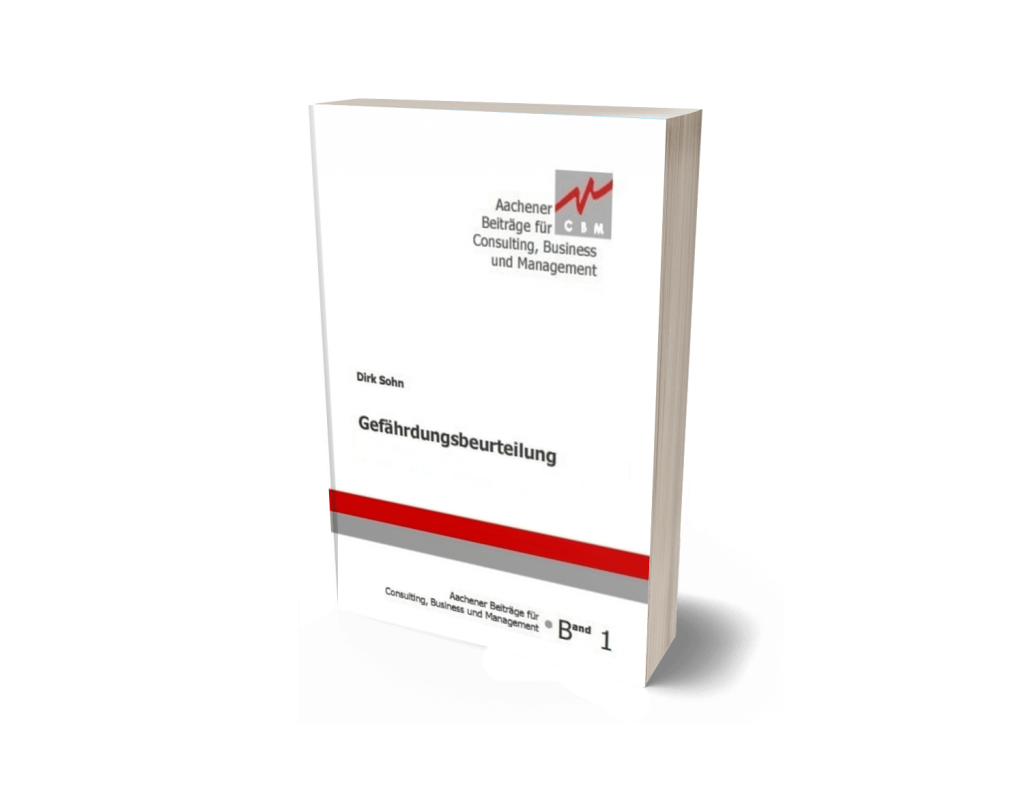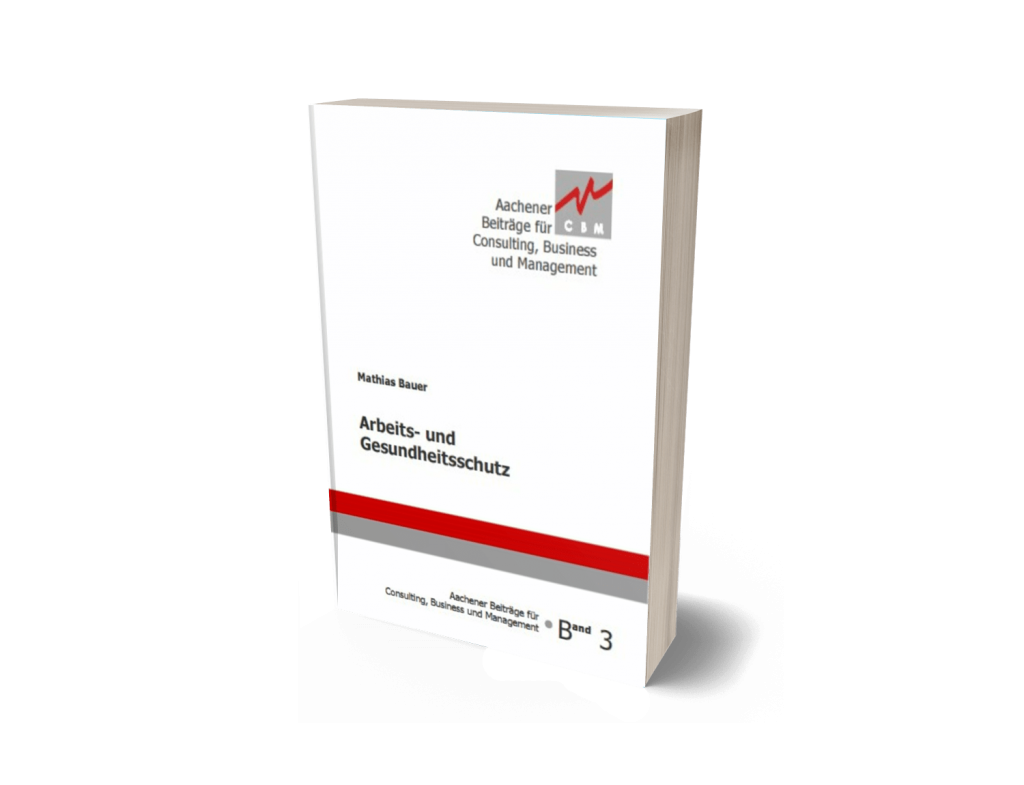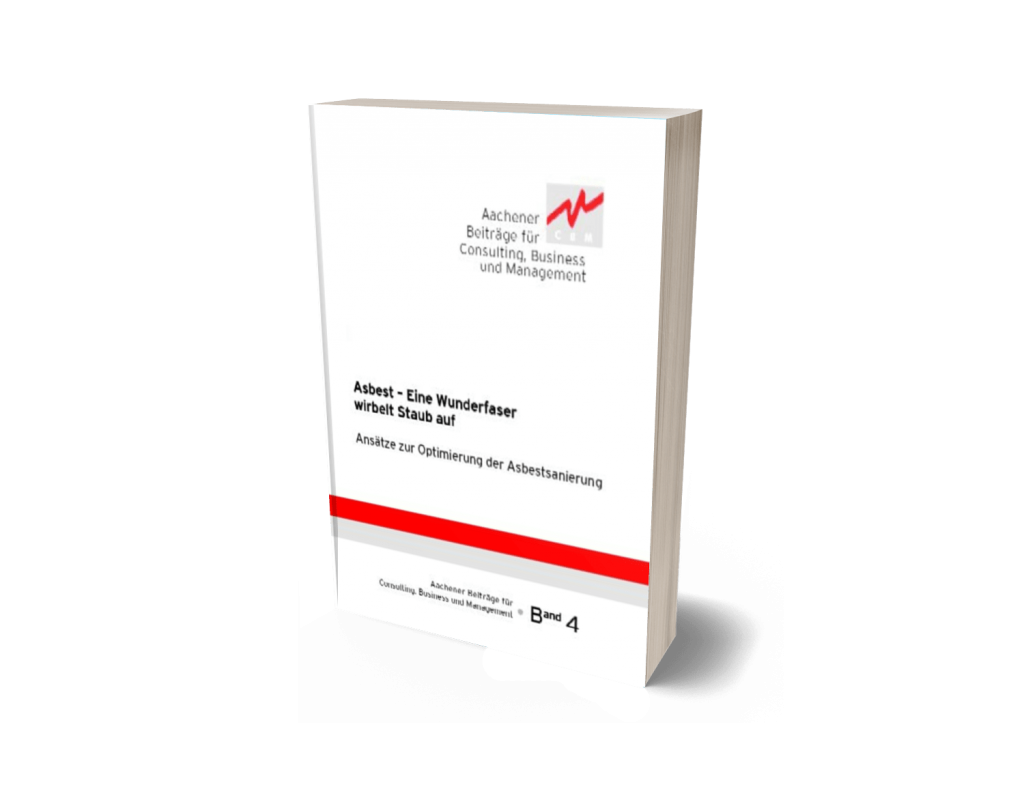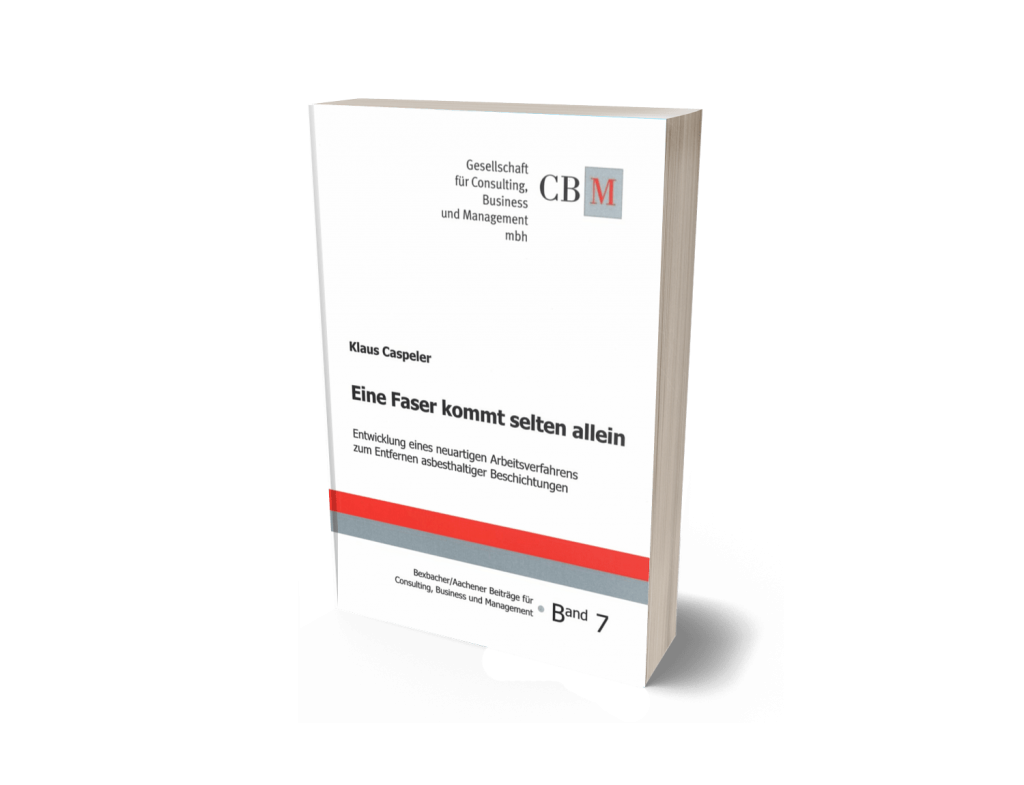Books
Bauer, M., Freeden, W., Jacobi, H., Neu, Th. (Eds.):
Handbook of near-surface geothermal energy. Springer Spektrum, Heidelberg, 2018, 817 pages, ISBN 978-3-662-50306-5.
The handbook covers fundamentals such as the Earth’s thermal regime, near-surface geology, geological-geophysical principles, underlying mathematical methods, risk management, and drilling techniques.
Further information
Borg, A. & Bauer, M. (2017):
TIGER – deep geothermal energy communication concept. Springer Spektrum, Heidelberg. ISBN 978-3-658-18499-5.
The book supports investors, operators and institutions in public relations and communication for deep geothermal projects and shows ways to promote acceptance for the local project.
Further information
Bauer, M., Freeden, W., Jacobi, H., Neu, Th. (eds.):
Handbook Deep Geothermal Energy. Prospecting, exploration, realization, utilization. Springer Spektrum, Heidelberg, 2014, 854 pages, ISBN 978-3-642-54511-5.
For the first time in German, this handbook comprehensively presents all topics in the field of deep geothermal energy: Prospecting, Exploration, Realization and Utilization. In two concluding chapters, the future and perspectives of deep geothermal energy are presented and discussed.
Further information
CBM book series "Bexbacher/ Aachener Beiträge für Consulting, Business & Management".

Volume 1
Dirk S. Sohn – Risk assessment
Computer-aided creation of safety and health protection documents
The entry into force of the German Occupational Health and Safety Act (ArbSchG) and the General Federal Mining Ordinance (ABBergV) has resulted in new tasks and obligations for employers and employees. The guiding principles of the new ArbSchG and ABBergV are:
- Deregulation
- Prevention
- Strengthening of the entrepreneur’s personal responsibility
- Strengthening the personal responsibility of the employees
The aim is to increase the safety and health protection of employees at work. Thus, the following requirements and consequences arise in operational practice:
- Hazards and stresses for existing workplaces and workplaces to be set up are to be identified and assessed and, if necessary, protective measures implemented.
- The results of this assessment, including the measures taken, must be documented on an ongoing basis.
Carrying out the risk assessment leads to an increase in safety and health protection at work and also to greater transparency of the various in-house work processes. The appropriate instrument for this is the risk assessment in accordance with § 5 ArbSchG and § 3 ABBergV for companies that are under mining supervision.
Thus, the risk assessment is the core element for the operational implementation of the occupational health and safety obligations. The legislator does not make any concrete statements on the design and scope of the risk assessment to be carried out in the company. Guidance is deliberately not provided. The risk assessment, including the required documentation, is the sole responsibility of the employer.
The computer-supported procedure developed and presented here not only offers the entrepreneur more legal certainty in consideration of cost aspects, but the procedure can also be integrated as a central instrument in an operational occupational health and safety management system due to the underlying procedural structure. User-friendliness and practicability are just as much the focus of the procedure as increasing the safety of the individual at work.
The procedure has proven itself in operational practice. The present work is particularly suitable for its application in small and medium-sized companies in the raw materials industry.
| Author: | Dirk S. Sohn, Dr.-Ing. Sich.-Ing. Breitschwertstraße 20; 81479 München; Telefon: 0160/4467778 |
| Publisher: | Wissenschaftsverlag Mainz in Aachen Band 1 der Reihe “Aachener Beiträge für Consulting, Business und Management” 1. Auflage, Aachen 2002; 168 Seiten; ISBN 3-89653-281-2 |
| Price: | € 39,- (incl. MWSt. zzgl. € 3,- Porto und Verpackung) |
Order your copy via email or call us.

Volume 2
Gilian Gerke – Efficiency analysis in ergonomics
Investigations into the efficiency of ergonomic measures using the example of production processes in the automotive sector
Measures of occupational health and safety including ergonomics mean an investment in the resource human being under consideration of economic aspects. This observation points to the need to create opportunities to bring the benefits of ergonomics and occupational health and safety measures, as well as their financial expenditures, into an economic context.
Based on the high sick leave figures in a medium-sized company in the automotive supply industry, a cost-effectiveness analysis (KWA) of investments in ergonomics measures was carried out in the paper presented here. In this paper, the objectives of ergonomics measures, such as the reduction of sick leave figures, the increase of productivity and product quality as well as the reduction of scrap figures, are examined in more detail and put into an economic context with implemented measures.
The present work shows that the KWA of ergonomics measures:
- serves as a tool in the investment planning of ergonomics measures,
- offers the possibility to include „soft-skills“ in the consideration of economic efficiency,
- clarifies the efficiency of ergonomics measures to critics,
- underpins the importance of ergonomics in improving company results,
- forms the basis for ranking planned ergonomics measures when financial resources are limited,
- contributes to an increase in employee motivation.
| Author: | Gilian Gerke, Dipl.-Ing. Sich.-Ing. Saarstraße 16, 52062 Aachen, Telefon: 0177-5443205 |
| Publisher: | Wissenschaftsverlag Mainz in Aachen Band 2 der Reihe “Aachener Beiträge für Consulting, Business und Management” 1. Auflage, Aachen 2002; 96 Seiten; ISBN 3-89653-283-9 |
| Price: | € 25,- (incl. MWSt. zzgl. € 3,- Porto und Verpackung) |
Order your copy via email or call us.

Volume 3
Mathias Bauer – Occupational health and safety
Worksheets
We are in the midst of a transformation process of the economy, companies and society, the effects of which do not leave occupational health and safety untouched – in both a positive and negative sense. Modern management concepts such as reengineering, lean production, total quality management, fractal factories and virtual companies are becoming increasingly widespread. In all strategies, employees are regarded as the most important corporate potential for further increases in productivity.
In order to achieve a high level of work efficiency in companies in the face of simultaneous globalization of markets and increasing cost pressure, great importance is now attached to the delegation of responsibility to employees and their participation in decision-making within the framework of the increased personal responsibility of the entrepreneur. In the implementation of such tasks, the findings of occupational and safety science are of great value, especially for managers.
Thus, this book is aimed at students, managers in practice, specialists in the field of occupational health and safety, and works and staff councils. In nine chapters, mainly in graphic representations and with only a little supplementary text, knowledge is conveyed about the history, terms, reasons, tasks and goals of occupational health and safety, the basics of occupational health and safety science, legal foundations nationally and internationally, the technology-organization-human model, safety-oriented behavior, human performance and readiness, selected stresses and hazards, protective measures, prevention, participation, leadership style and management systems. The presented topics of occupational health and safety are intended to help in the performance of the management task of occupational safety and at the same time serve as a basis for imparting knowledge to employees or participants in instructions and seminars. The goal is realistic: occupational safety integrated into production results in added value.
| Author: | Mathias Bauer, Priv.Doz. Prof. Dr.-Ing. Dr. hc., Sich.-Ing. Fliederstraße 23, 66450 Bexbach Telefon: 06826-51490 |
| Publisher: | Wissenschaftsverlag Mainz in Aachen Band 3 der Reihe “Aachener Beiträge für Consulting, Business und Management” 1. Auflage, Aachen 2002; 144 Seiten; ISBN 3-89653-282-0 |
| Price: | € 32,- (incl. MWSt. zzgl. € 3,- Porto und Verpackung) |
Order your copy via email or call us.

Volume 4
CBM GmbH – Asbestos – A miracle fiber raises dust
Approaches to optimize asbestos abatement
Asbestos has been known for 4000 years and has been used in more than 3000 products due to its versatile properties. With the beginning of industrialization, asbestos gained great importance as a technical material. Since the 1970s, however, the dangers posed by asbestos have increasingly come to the fore.
If asbestos fibers enter the respiratory tract, they can cause dangerous diseases.
In Germany, more than 1,000 people die each year from an occupational disease caused by asbestos. To prevent further illnesses in the future as a result of previous exposure to asbestos, asbestos installed in buildings is nowadays removed.
This volume, which is based on a research project at RWTH Aachen University, first provides a general insight into the subject of asbestos. The various areas in which asbestos is used are outlined, as is the legal situation at national and international level. For the field of building renovation, the regulations in force in Germany (TRGS 519) are explained in detail. In addition, special remediation procedures are discussed. Against the practical background of asbestos abatement in the Tour Aurore office building in Paris, ways of optimizing abatement are described. The focus is on the exposure of the black area and its effects on the fiber concentration. In particular, the study results provide renovators with important insights for carrying out their own extensive renovation projects. The improvements described have a direct effect on reducing the fiber concentration in the work area and thus lead directly to minimizing the health hazards for the employees involved.
| Author: | CBM GmbH |
| Publisher: | Wissenschaftsverlag Mainz in Aachen Band 4 der Reihe “Aachener Beiträge für Consulting, Business und Management” 1. Auflage, Aachen 2005; 135 Seiten; ISBN 3-86130-770-7 |
| Price: | € 25,- (incl. MWSt. zzgl. € 3,- Porto und Verpackung) |
Order your copy via email or call us.

Volume 5
Borg, Wilde, Dziadus, Pieper, Boczek, Bauer – PARSAG
Participative, Systemic Occupational Health and Safety Management for Small and Medium-Sized Enterprises
Occupational health and safety (OH&S) has not yet been adequately implemented in many small and very small companies and, in some cases, in medium-sized companies. The PARSAG research project primarily addressed the questions „Why has so little importance been attached to AGS in companies to date, where are the hurdles to greater acceptance, how can these be successfully overcome?“ and „What keeps companies safe, healthy and productive?“.
For this purpose, the potentials and hurdles in the introduction and implementation of an extended AGS in 15 companies were recorded. The aim was to make the strengthening effect and also the economic significance of an extended AGS comprehensible in a practical way and to facilitate its sustainable implementation.
In order to ensure a holistic view of AGS, the technically oriented engineering approaches were linked with the resource-oriented concepts of the human sciences in the transdisciplinary approach. With the developed PARSAG resource status, the interdependent technical, human and structural resources were surveyed multidimensionally and the potentials of the companies were strengthened at all levels through appropriate measures. This requires that effortful stresses and hazards are minimized and the resulting negative stress consequences for the working person are reduced.
PARSAG was funded by the German Federal Ministry of Education and Research. It is crucial for the success of AGS in companies that every individual, from employees to managers, recognizes the importance and effectiveness of AGS, understands it and acts accordingly.
| Author: | Anna Borg, Dipl.-Psych. Jörg Wilde, Dipl.-Ing., Sich.-Ing. Dorothea Dziadus, Dipl.-Soz. Carsten Pieper, Techn. Betriebswirt Bernd Boczek, Dipl.-Soz. Mathias Bauer, Priv.Doz. Prof. Dr.-Ing. Dr. hc., Sich.-Ing. |
| Publisher: | Band 5 der Reihe “Bexbacher/Aachener Beiträge für Consulting, Business und Management” 1. Auflage, Aachen 2012; 162 Seiten |
| Price: | € 32,- (incl. MWSt. zzgl. € 3,- Porto und Verpackung) |
Order your copy via email or call us.

Volume 6
Thomas Trappe – Paste process
Development of a new process for the safe removal of paints containing asbestos
Asbestos, although its use has been banned in Germany since 1996 and in the EU since 2005, we still encounter it as a legacy of past decades in many applications and products.
During demolition, renovation and maintenance work, safe working procedures must be used in connection with asbestos to ensure that no or only a few asbestos fibers are emitted in the process. Likewise, contamination of the surrounding area by asbestos fibers should be avoided. To this end, working procedures have been developed over the past 30 years for a wide variety of asbestos products and applications. For Germany, these are essentially described in TRGS 519 and BGI 664.
A widespread form of application of asbestos is corrosion protection coatings. It can be assumed that approx. 250 million m² of metal surfaces in Germany have been coated with this fiber-reinforced protective coating and that these are still predominantly present today.
The professional handling of the hazardous substance asbestos during renovation work and personal experience, as a result of working in occupational health and safety and environmental protection in contact with asbestos victims, were the trigger for the author to develop a new process for the safe removal of asbestos-containing paints – the paste process.
| Author: | Thomas Trappe, Dr. Ing. |
| Publisher: | Band 6 der Reihe “Bexbacher/Aachener Beiträge für Consulting, Business und Management” 1. Auflage, Aachen 2012; 141 Seiten |
| Price: | € 37,- (incl. MWSt. zzgl. € 3,- Porto und Verpackung) |
Order your copy via email or call us.

Volume 7
Klaus Caspeler – One fiber rarely comes alone
Development of a novel working method for removing coatings containing asbestos
From a technical point of view, the properties of asbestos are excellent for many applications. For example, it is resistant to heat and alkalis and has a high tensile strength. However, if one considers not only the technical properties, but also the effects on human health, one quickly recognizes disadvantages. That is why the use of the fibrous minerals is banned in many countries.
Nevertheless, millions of tons of asbestos exist in a wide variety of buildings and building components. As a result, people can come into contact with the carcinogenic dust during renovation and demolition work at the latest. High safety measures must therefore be taken during such work.
An alternative in Germany here is the use of work processes listed in the BIA directory. However, before a novel process is included there, it must be proven that it is also effective. Asbestos fibers may only be released in very small quantities.
In a series of trials, a novel paste process was tested under a variety of conditions. It is used to dissolve surface sealants or paints containing asbestos. The principle is to dissolve them mechanically by means of a needle device. Released asbestos fibers and other particles are bound directly at the point of origin by an applied paste and thus cannot enter the respiratory air. In the meantime, the process is listed under the name „BT 26: Removal of asbestos- or PAH-containing surface sealants and working materials from metallic surfaces (paste process)“ in BGI 664.
| Author: | Klaus Caspeler, Dr. Ing. |
| Publisher: | Band 7 der Reihe “Bexbacher/Aachener Beiträge für Consulting, Business und Management” 1. Auflage, Aachen 2012; 141 Seiten |
| Price: | € 37,- (incl. MWSt. zzgl. € 3,- Porto und Verpackung) |
Order your copy via email or call us.



